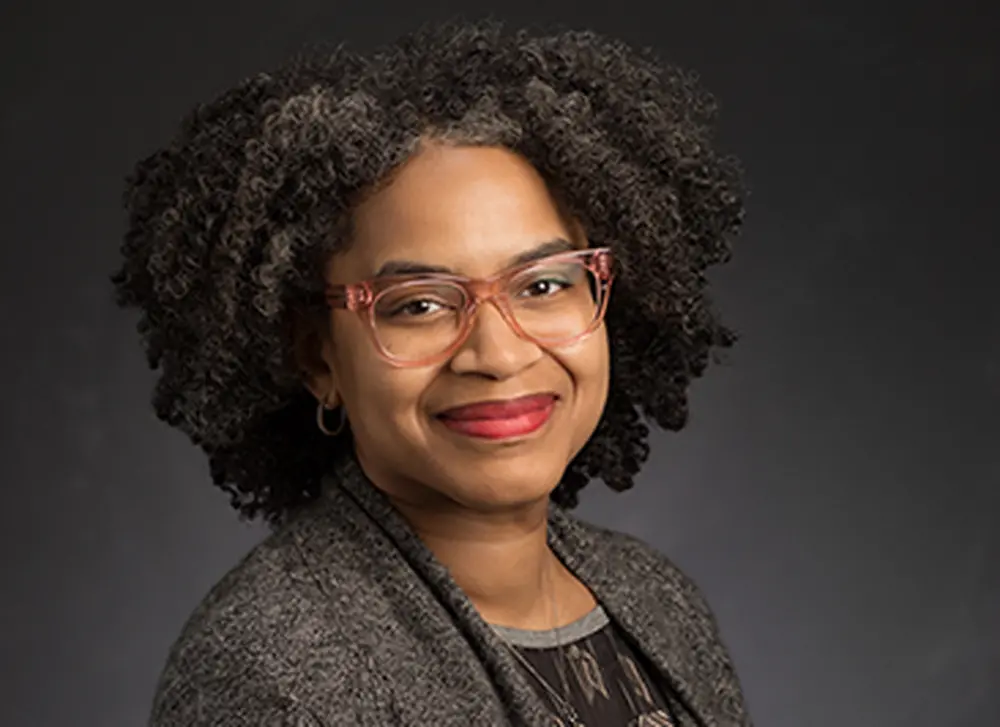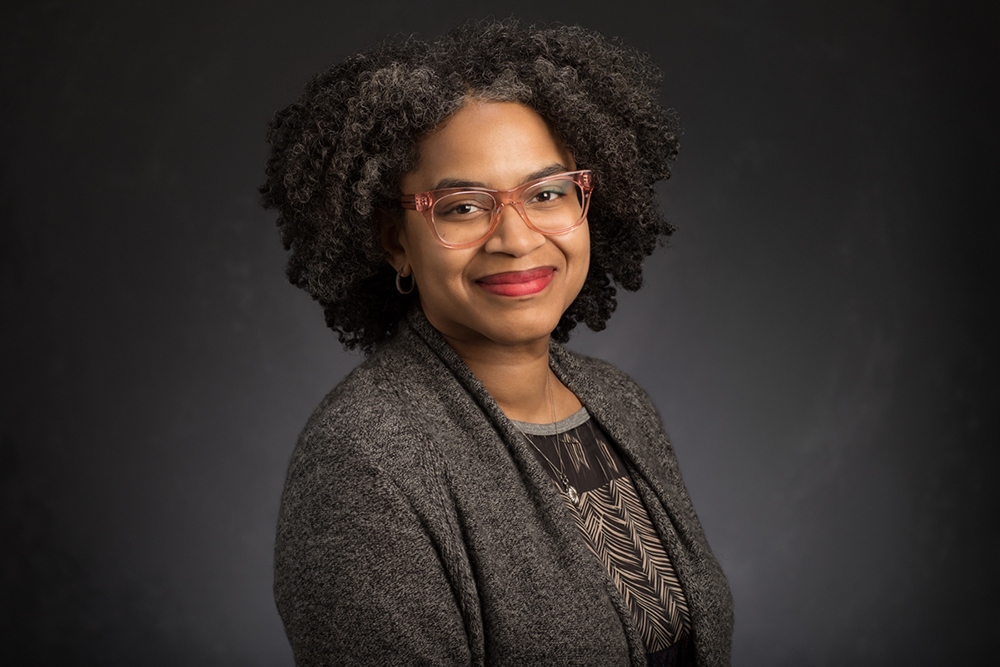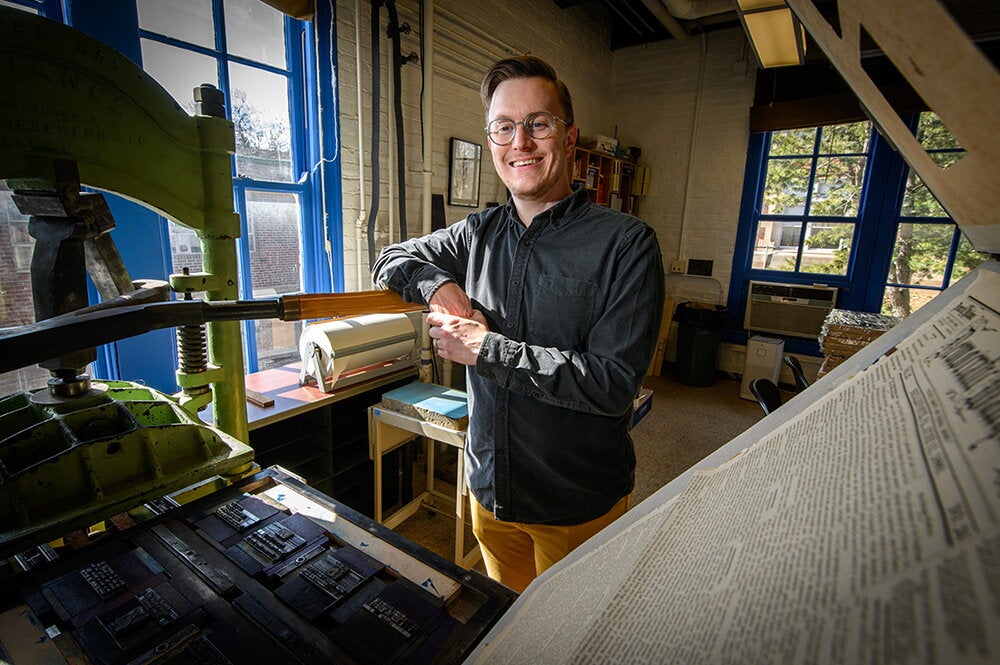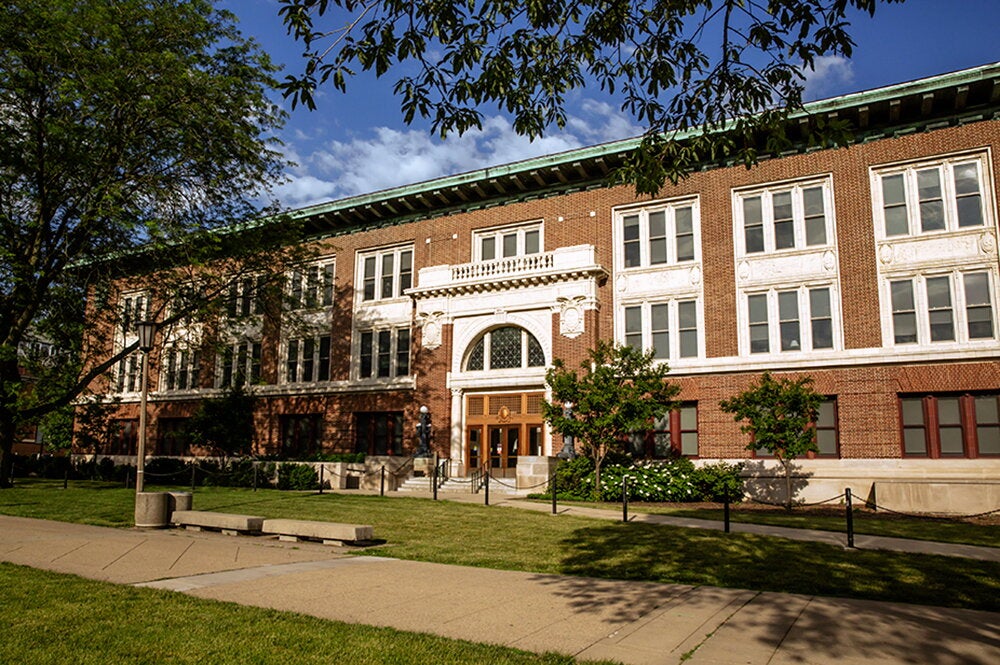

Two faculty members in the College of LAS, and one faculty member in information science at Illinois with a degree from LAS, have been awarded National Endowment for the Humanities Fellowships for 2018. They are among six chosen on campus, making this the third year in the last four that the Urbana campus has garnered more fellowship awards than any other single institution.
The fellowship recipients are Candice Jenkins, a professor of English; Craig Williams, a professor of classics; Elizabeth Hoiem (PhD, '13, English), a professor of information sciences; Donna Buchanan, a professor of music; Paul Kapp, a professor of architecture; and D. Fairchild Ruggles, a professor of landscape architecture.
“Congratulations to our NEH Fellowship recipients. It is gratifying to see these exceptional scholars recognized for their academic achievements,” said Chancellor Robert J. Jones. “These prestigious fellowships are highly competitive, and for Illinois to have six faculty members named NEH fellows this year indicates the excellence of the scholarship in humanities on our campus.”
The U of I fellowships were among $12.8 million in grants awarded by the NEH for 253 humanities projects across the nation. The fellowship program supports advanced research in the humanities, and the recipients produce articles, books, digital materials or other scholarly resources.
The NEH has received an average of 1,178 applications per year for fellowships in the last five rounds of competition, according to the NEH website. Over that time, it awarded an average of 80 fellowships per year for a funding rate of 7 percent, making the fellowships among the most competitive humanities awards in the country.
The National Endowment for the Humanities is an independent federal agency, and one of the largest funders of humanities programs in the United States.

The faculty members and their projects are:
Jenkins: “Race, Class, and Bodily Vulnerability in Contemporary American Fiction of the 1980s to 2000s.” At the heart of black middle-class life and literature, one finds a paradox: bodies that are both bourgeois (privileged, socially restrained and presumed secure) and black (physically vulnerable, transgressive and assumed poor). This project analyzes how African-American fiction from the 1980s to the 2000s depicts the fraught interaction between the black and the bourgeois, allowing us to see social class as reflected in stories and culture, not simply economic position, and challenging the assumed link between blackness and poverty prevalent in the United States. In a society riven with inequality, this study helps to answer profound social questions about the complex lives of black Americans of all classes.
Williams: “Orpheus Crosses the Atlantic: Native American Knowledge of Ancient Greece and Rome.” Williams’ book will tell the hitherto untold story of the ways in which Native American writers have displayed and deployed their knowledge of the languages, literatures and cultures of ancient Greece and Rome as they write about themselves and their people, making use of European antiquity to a variety of effects and transforming it in the process. Bringing together for the first time a wide range of letters, essays, novels and poems – from a 1663 letter in Latin written by Harvard student Caleb Cheeshahteaumauk to Louise Erdrich’s 2012 novel “The Round House” – Williams’ book will expand our knowledge both of the long-term history of the reception and cultural significance of European classical antiquity and of the rich complexities of Native American writing.

Hoiem: “Mechanical Literacy in British Culture, 1762-1860.” Using children’s literature and material culture, this book investigates ways that children learned directly from the physical world through object learning or “the education of things.” This mode of learning promised to develop what Hoiem calls mechanical literacy, a fusion of reading and writing with manual tinkering and scientific observation that was mythologized during the industrial era as indispensable for social advancement. She argues that learning-by-doing also blurred boundaries between educational play and work, and thus offered an empowering pedagogy for affluent children while justifying child labor as educational.
Buchanan: “Bells in the Music and Culture of Bulgaria.” This book considers how the gendered “voices” of pastoral and ritual bells make audible the contemporary Bulgarian beliefs about nature, the universe, spirituality and society. Whether pealing from the belfries of Orthodox cathedrals, jingling from the necks of herd animals or clamoring thunderously from the costumes of participants in Carnival masquerades, bells serve as powerful sonic metaphors of community belonging and musical beauty, their timbres informing both women’s singing and men’s instrumental practices. By attending to how bells resonate meaningfully for Bulgarians across diverse sociopolitical contexts and expressive media, this study demonstrates that we experience, know and inhabit our world not just visually, but aurally.
Kapp: “Heritage and the Great Depression: How Historic Preservation Created the Old South.” Kapp’s book will be the first that tells the surprising story of how Natchez, Mississippi, was transformed from a backwater river town into a cultural tourism destination during the 1930s, and how Natchez continues to shape our shared understanding of the Old South and its complicated legacy. Through extensive documentary and archival research, such as drawings made by architects of the New Deal’s Historic American Building Survey, Kapp engages with what the study of historic preservation tells us about the cultural and economic history and heritage of the Old South.
Ruggles: “Tree of Pearls: The Extraordinary Architectural Patronage of the 13th-Century Egyptian Slave-Queen Shajar al-Durr.” Ruggles writes about Shajar al-Durr, a slave of obscure origins who rose to become queen-sultan of Egypt in 1250. Tree of Pearls (as the queen was known) was innovative as an architectural patron because of the tombs that she added to her husband’s madrasa (college) and her own, ushering in a dramatic transformation in which architecture came to embody human identity. The skyline of Cairo that we see today is shaped by such domes that have kept the memory of their named patrons visible to the public eye. Her distinctive patronage contradicts the prevailing assumption among historians of Islam that there was no distinctive female agency in art and architecture.


